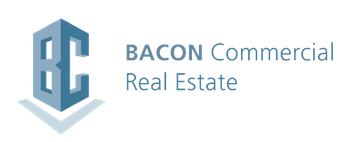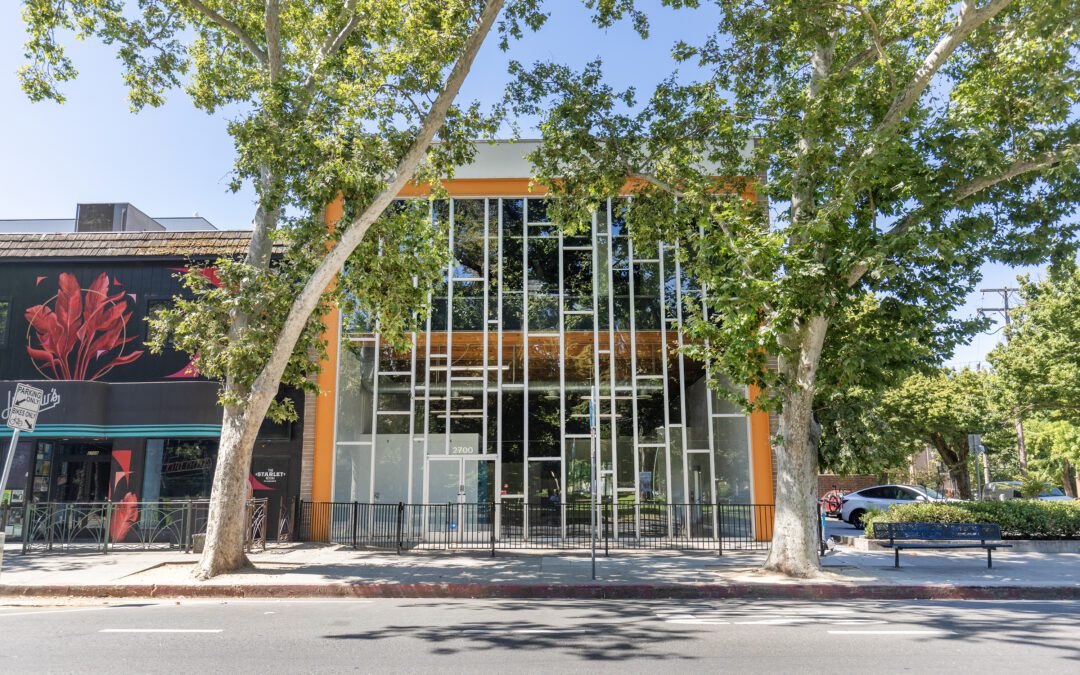What a difference two years makes
I originally posted a similar article in 2021 when interest rates were under 4%. Developments have been completed, and others have started. On the commercial side, the State of California has completed several office buildings just south of the Capitol. Also, nearly 1000 residential units have come online in the Core, with more on the way. Bay Area migration has been driving the housing market, but the demand for office space has plummeted over the last two years. For most of 2022, Owner-user sales were brisk, and it seemed like the roll would continue for several years. Oh, what a difference a couple of years – and three or four percentage points – make.
Thinking about Buying?
Thinking about buying an office building? Historically, low-interest rates drove sales of owner-user buildings, and values were pushed up by low supply, rising construction costs, and increased rents. But now demand is off, and interest rates are high. When interest rates are low, and rents are high, it is easier to rationalize a purchase. How about when interest rates are high? Does it make sense to buy? When rents increase substantially, the monthly mortgage payment may not seem so high.
Office Rents are up! Somewhere.
In some submarkets, rents have spiked, including New Class A in Sacramento’s CBD, University Avenue/Campus Commons, American River Drive, and most of Folsom. Rents on University Avenue are as high as $2.75. Some properties in Folsom are $2.50-$2.85. Newer buildings in safe locations in downtown are $3.50 to $3.75 PSF. There are some buildings downtown whose rents are 30% less, and they are only a few blocks away from the high dollar rents.
What is the Ultimate Plan?
So, let’s say you are looking at buying a building. Before you pull the trigger, consider the following:
- What is the exit strategy? If you need to move out of the building, will you hold the asset and lease it out, or will you sell it? Is the property single-purpose, or will it appeal to a broad base of potential occupants and buyers?
- What is the replacement cost? What would it cost to build the building from the ground up versus what will you be into the property for after purchase and renovation? You can buy a property for what seems like a great buy, but after you finish renovating the building for your needs, your total cost could exceed the replacement cost. That is ok if the property works for you, and in the long run, the market supports the investment (based on projected value appreciation.)
- What is the Property worth as a leased investment? Being an owner-occupant does not mean you should pay an over-market price for real estate. Certainly, you can justify paying more than an investor would, but be sure to consider what an investor would pay if the building was valued as a leased investment (at market rents).
- Is there upside beyond market appreciation? Consider a small building that sits on a large lot. Perhaps ten years down the road, you can sell the site to a developer, or you can develop it yourself. Many properties have a mid-term use and a long-term use. Consider a 4,000 SF office building on a 12,800 SF parcel in midtown. BCRE recently sold a property just like this. The building was a perfect owner-user building, and if and when the new owner decides to move on and sell the property, a likely buyer could be a developer looking to maximize the site’s value.
Owning has many benefits, but always consider the fundamentals; if the price seems to be a stretch, you might be better off leasing. Let owners take care of maintenance, taxes, capital improvements, and assorted management headaches. You can focus your energies on building your business.
Tom Bacon, CCIM, has been assisting commercial real estate clients in Sacramento since 1991, with an emphasis in office properties and Occupier representation.

